Projects
Conflict in digital places
Governance that grows with teams
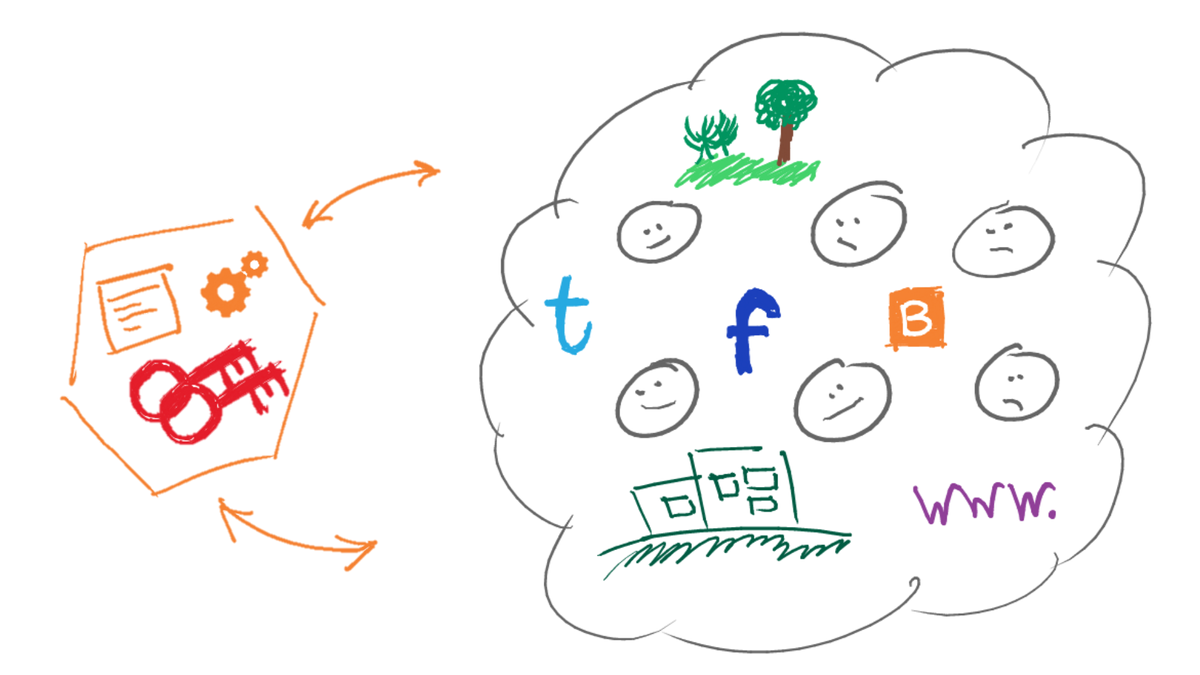
In the early 2010s, I led a remarkable project exploring digital design, community collaboration, and conflict resolution. Set in Syria—a country experiencing profound turmoil and brimming with grassroots energy—this case study recounts my collaboration with VOCI (Volunteer Community Initiative), a university student-led community in Damascus. Together, we tackled a pressing challenge: supporting collaboration and mediating conflict in their digital spaces.
The challenge: conflict in digital places
VOCI, launched amidst Syria's volatile landscape, had grown rapidly since its inception. Its members were driven by a shared vision of "collaborative community building," organizing educational events, workshops, and online discussions on topics ranging from 3D printing to open-source medical research.
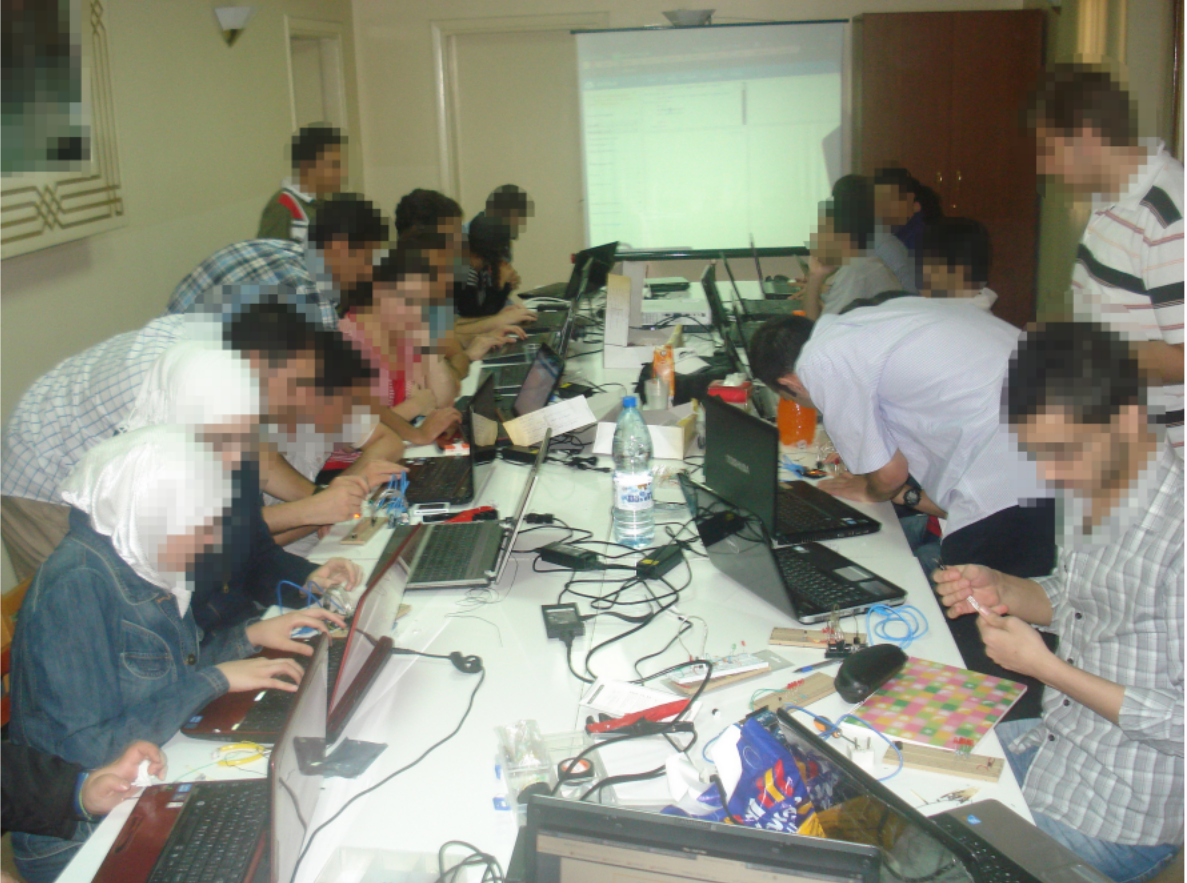
However, rapid growth came with tension. By 2012, the community's digital infrastructure—Facebook groups, wikis, and other online tools—had become contested ground. Conflicts over digital ownership, moderation roles, and governance escalated, threatening to erode trust and disrupt collaboration.
A pivotal moment occurred when disagreements over access permissions and decision-making processes surfaced. Members felt frustrated by opaque governance practices, misaligned priorities, and inconsistent enforcement of rules. For a community reliant on digital tools to function, these conflicts posed existential threats.
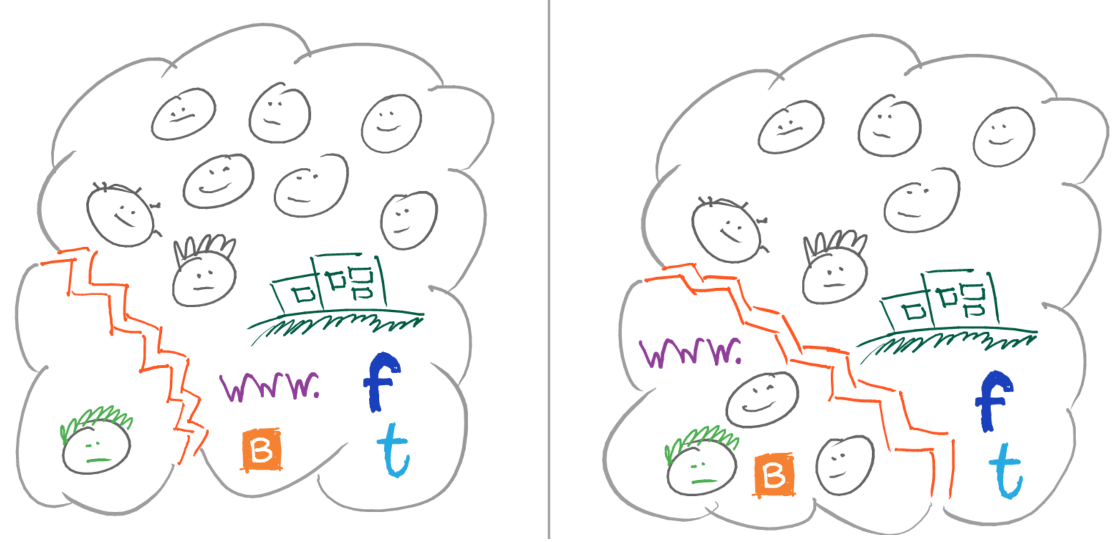
My role: researcher, facilitator, designer
I joined this initiative as both participant and researcher. As a Syrian with a background in Human-Computer Interaction (HCI), I sought to understand the roots of these conflicts and design interventions to address them. My contributions included:
- Ethnographic research: I engaged with VOCI's members through qualitative research, gathering insights into their frustrations, aspirations, and workflows.
- Community engagement: I worked with community moderators, active contributors, and occasional participants to understand divergent perspectives and support shared ownership.
- Design facilitation: Through workshops, I helped the community reimagine their governance processes and co-design solutions.
- Prototype development: Translating insights into action, I developed Modus, a digital tool to address governance challenges.
Research insights: the roots of conflict
Through interviews, observations, and surveys, key insights emerged:
- Organic governance evolved gradually, starting from structure-less groups to increasingly stratified hierarchies of core leaders and a wide participant base.
- Despite differentiation and stratification, governance remained fuzzy and hidden, with community leaders coordinating in private. Yet new members could be flexibly invited into leadership circles once they became active enough.
- This fuzzy governance allowed flexibility and informality, avoiding rigid rules in favor of "going with the flow." However, when disagreements intensified, this very flexibility exacerbated tensions—there were no conventions or formal agreements to arbitrate ownership.
- The reliance on ad hoc platforms like Facebook didn't support nuanced governance or equitable ownership. While convenient initially, these tools proved inflexible when tensions arose. Simply put, concentrated control of digital community spaces gave owners disproportionate power, shaping the landscape and evolution of conflict.
Designing Modus: Governance in a digital place
Inspired by these insights, I designed Modus, a digital governance tool tailored for collaborative community governance. Modus emphasized:
- Shared ownership: Instead of fuzzy control, Modus introduced role-based permissions. Moderators could propose, debate, and vote on key changes collaboratively.
- Negotiable rules: Members could collectively establish community rules, ownership conventions, and arbitration mechanisms.
- Transparency: A dashboard displayed governance actions, ensuring visibility into decisions about member roles, access rights, and group policies.
- Flexible arbitration: Modus supported shared ownership, allowing members to fork (or split) groups peacefully if consensus couldn't be reached. This provided dissidents with a "soft" pressure and exit mechanism, enabling parties to part ways without excessive conflict.
Working with legal experts, I created a framework where Modus integrates with Internet ownership mechanisms, particularly the Domain Name System, such that creating a governance group on Modus becomes protected by Swiss association law.
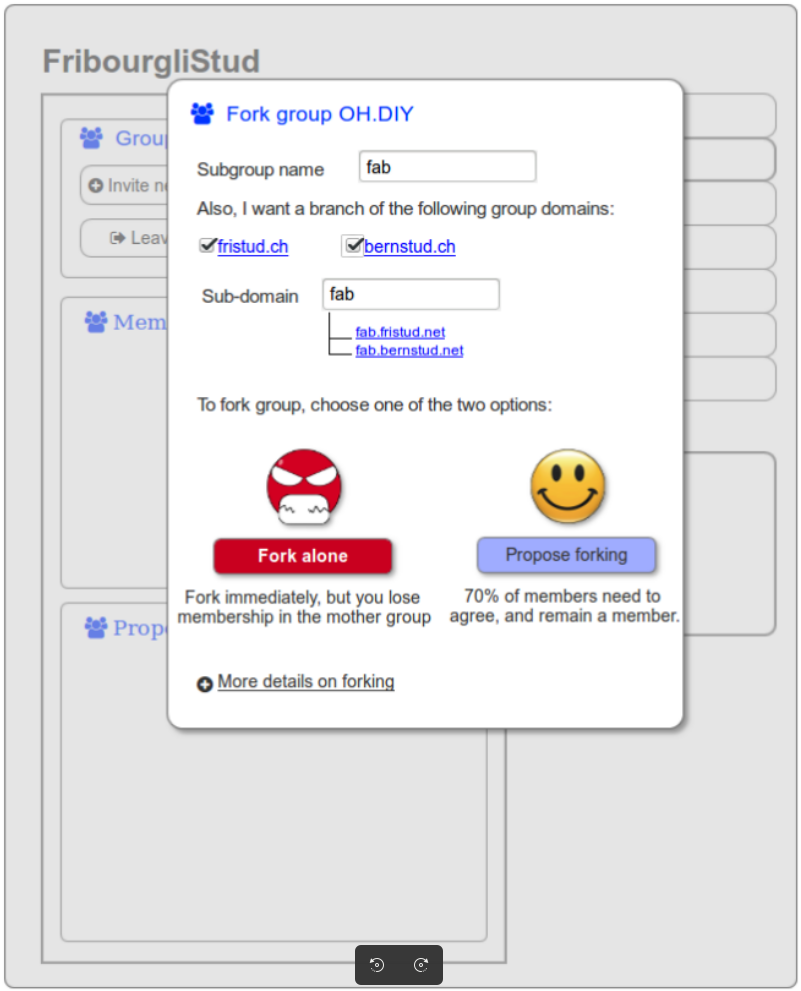
Validation & iteration
Through iterative prototyping, we conducted concept and user testing, refining based on collective feedback.
The outcomes were sobering and humbling. The key finding was that organic, fuzzy governance works best early on, with formal governance introduced gradually later. Emerging communities and working groups with limited resources are typically driven by passion, searching for their core value proposition. They prioritize convenience and informality—introducing formal governance too early proves counterproductive and detrimental.
Once ready, usability, clarity and simplicity become relevant for easy adoption, confirming Modus's design principles when introduced at the right moment.
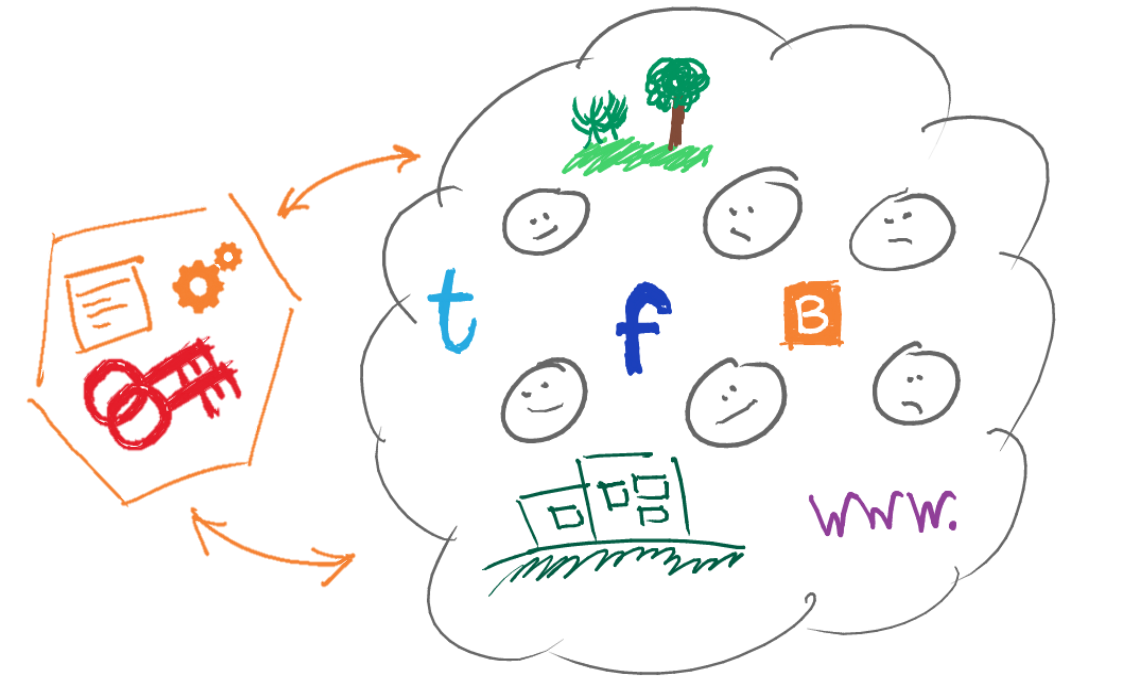
Impact: New model for collaboration & conflict
I've written my dissertation and several publications around a new model for configuring technology to support group work—a model that facilitates collaboration, allows for organic self-organization, and introduces formal governance as initiatives grow.
The core insights, which I've incorporated into my own practice, are:
- Most digital tools don't account for conflict and breakdown, instead being designed with only the happy path in mind. Yet the tools we use have a profound—albeit invisible—impact on collaboration health and conflict resolution.
- To support healthy collaboration, digital environments need to provide varied spaces with different levels of visibility (private vs public), modes of interactivity (synchronous vs asynchronous), and content length (short vs long). This allows organization and governance to evolve organically.
- Once an emerging team ratifies its value proposition and workforce, formal governance can be gradually introduced to clarify roles, rights, and mutual expectations, including clear arbitration mechanisms for when conflicts occur.
The core wisdom I carry from this project is the importance of understanding how groups and teams naturally evolve—and designing digital spaces that evolve with them.
Read more
- Halabi, Ammar, Basile Zimmermann, and Michèle Courant. "Conflict in a digital place." First Monday (2017).
- Halabi, Ammar. Designing ICTs for Conflict in Local Voluntary Communities. Diss. University of Fribourg, Switzerland, 2016.
